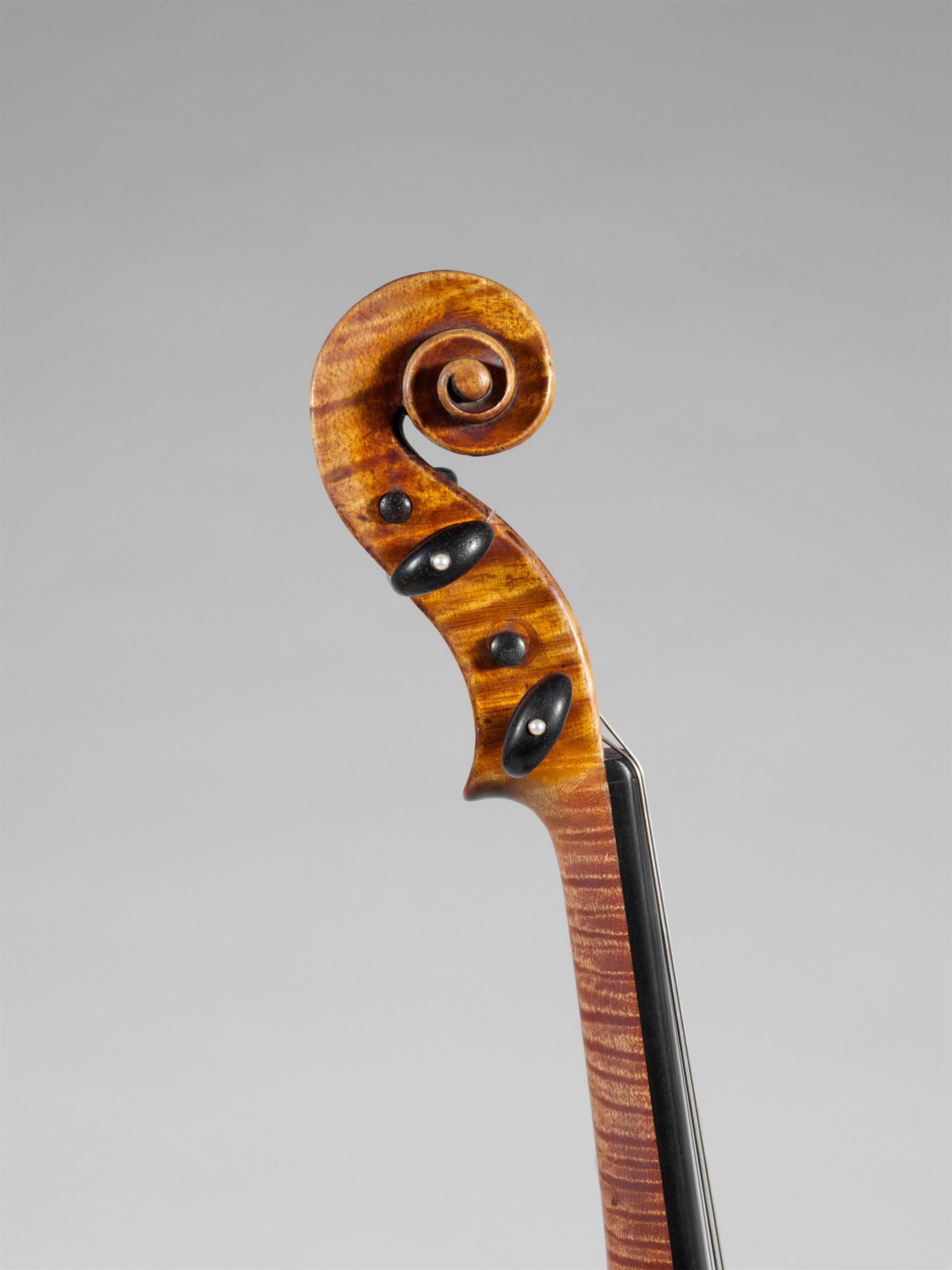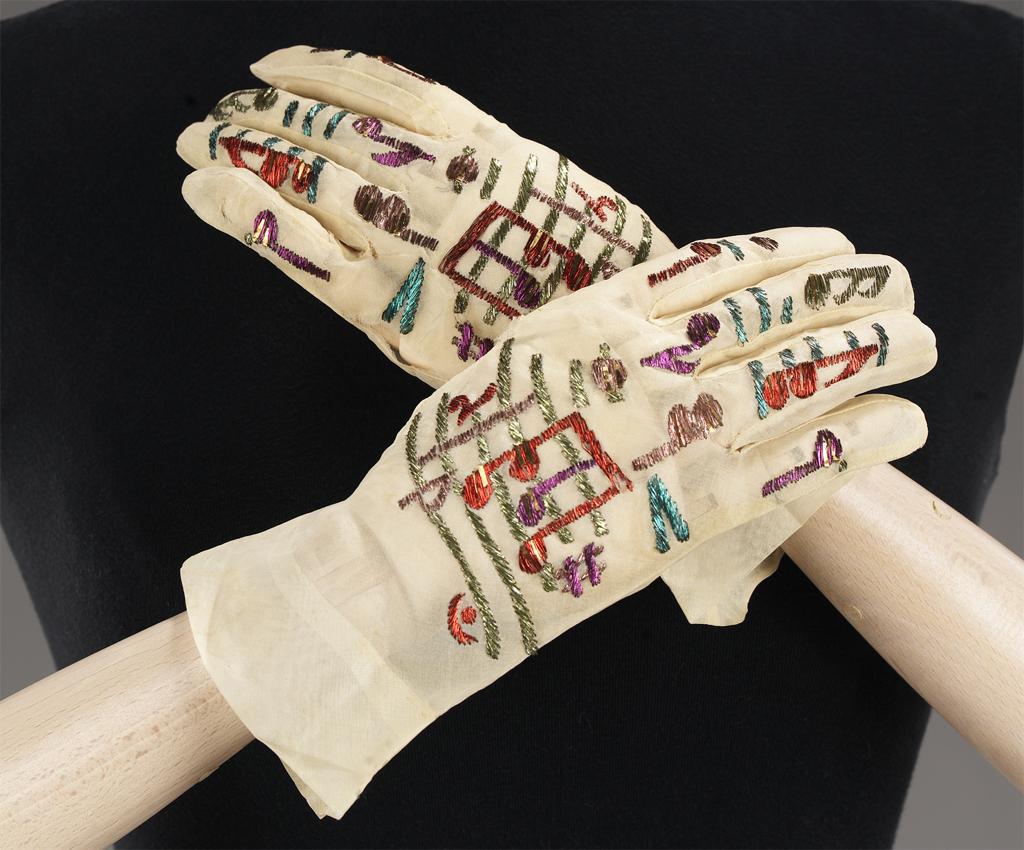Instrument designer and maker Nicola Amati was born on 3 September 1596 in Cremona. His long life was spent amid parents, siblings, and children who also created, taught, or played string instruments, primarily violins. Amati developed a type of violin that is similar to modern orchestral versions, curved and long-cornered, with mathematically-derived outlines and transparent amber-colored varnish.
Amati made important contributions to the world of violin making not just by what he made, but by whom he taught. Initially having no sons to carry on the family business as was traditional at the time, Amati was one of the first to take apprentices from outside his family into his workshop. Andrea Guarneri, who eventually founded the Guarneri Family of violin makers, was a pupil, and at least one Antonio Stradivari label, dated 1666, reads, “Alumnus Nicolais Amati.” Amati died in his hometown of Cremona on 12 August 1684.
Instruments were considered fine artworks themselves both during and before the baroque period in Italian art and were often the subject or theme of other media depicting them.
Music was the theme for Elsa Schiaparelli’s fall 1939 collection, which manifested itself in music boxes on belts and hats, buttons shaped like drums, and shimmering embroidered instruments and music notes. Schiaparelli used Renaissance prints for her inspiration for the gloves shown here, made to be worn with an evening dress which they match.
Reference: F. J. Guentner. “Antonio Stradivari.” In New Catholic Encyclopedia. Detroit: Gale, 2003. Biography in Context.
Antonio Stradivari, The “Francesca” Violin and Detail, after Nicola Amati, Chordophone-Lute-bowed-unfretted, 1694. Maple, spruce, ebony, mother of pearl. The Metropolitan Museum of Art; Bequest of Annie Bolton Matthews Bryant, 1933; Nr. 34.86.2 a.
Michele Todini, Harpsichord, ca. 1675. Wood and gold inlay. The Metropolitan Museum of Art, The Crosby Brown Collection of Musical Instruments, 1889, Nr. 89.4.2929.
Giovannino de Grassi, Girls Playing Musical Instruments, ca. 1390. Wash drawing from a sketchbook. Biblioteca civica “A. Mai” di Bergamo.
Elsa Schiaparelli, Evening Gloves, 1939. Off-white silk organza embroidered with polychrome metallic thread and foil, musical note pattern. The Metropolitan Museum of Art, Nr. 10a-b.
Nicola Papalini, Bass clarinet in C, ca. 1820. Pearwood, horn, brass. Museum of Fine Arts, Boston. Leslie Lindsey Mason Collection, Nr. 17.1879.
Further Reading: Allen Scott and Phillip Crabtree. Sourcebook for Research in Music. Indianapolis: Indiana University Press, 2015.
Franca Falletti, Renato Meucci And Gabriele Rossi-Rognoni (eds). Marvels of Sound and Beauty: Italian Baroque Musical Instruments. Florence: Giunti Editore, Firenze Musei, 2007.





